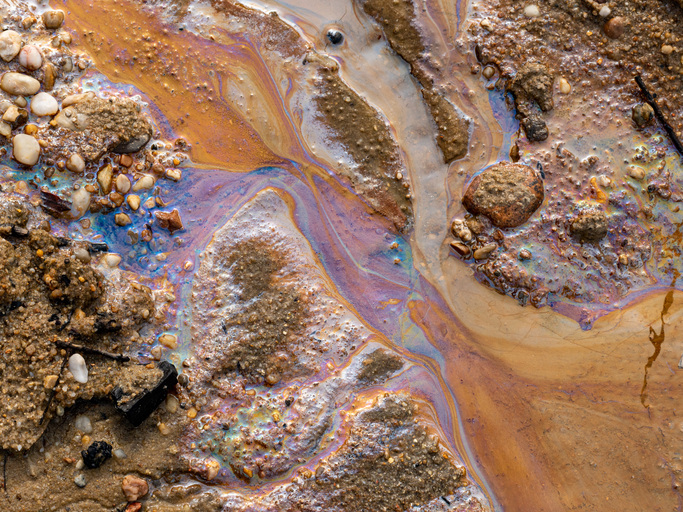Lubricant Biodegradability Through Environmentally Acceptable Lubricants
Biodegradable lubricants are called Environmentally Acceptable Lubricants, or EALs. These lubricants meet specific standards for biodegradation, toxicity, and bioaccumulation. EALs are used to minimize the negative consequences of lubricants on aquatic environments. There are different types of EALs, each of which has different properties and applications:
- Bio-Based or Vegetable Oils: These lubricants are derived from natural sources including plants and vegetable oils that are minimally modified. They are biodegradable, exhibit low toxicity, provide good performance, and do not thin at high temperatures.
- Synthetic Esters: This EAL option is formulated via chemical synthesis of bio-based materials like animal fat or vegetable oils. They are made from synthetic esters that can be tailored to their specific intended applications. Synthetic esters are more common and have better benefits than some other EAL options. They perform well at various temperatures, have a high viscosity index, provide corrosion resistance, and meet biodegradability and toxicity requirements.
- Polyalkylene Glycols: This lubricant option is comprised of synthetic lubricants made from petroleum-based materials. They are highly biodegradable and water-soluble and exhibit the best low- and high-temperature viscosity of the EALs while providing corrosion resistance.
How to Determine Lubricant Biodegradability
In order to determine lubricant biodegradability, testing is in order. There are a few different testing methods that can be used to determine the biodegradability of your lubricants.
ASTM D5864
The ASTM D5864 tests for the biodegradability of lubricants by measuring CO2 evolution. This biodegradability test is done in continuously aerated bottles and within an aqueous aerobic environment.
During this test, activated sludge from municipal wastewater treatment plants is used as the inoculum. The test lubricant is placed in this sludge and the biodegradability of the lubricant is measured through the CO2 evolution that occurs during the course of the test. ASTM D5864 is designed for all lubricants that are non-volatile and non-inhibitory to the inoculum. If the test substance achieves high levels of biodegradation during this test, it may be assumed they are ultimately biodegradable in most aerobic aquatic environments.
ASTM D6731
The ASTM D6731 test is used to measure the biodegradability of lubricants by measuring oxygen consumption. Again, this test environment is aqueous aerobic, however, this test is done in closed respirometers, or closed bottles with headspace.
Much like the ASTM D5864 test, activated sludge from municipal wastewater treatment plants is used as the inoculum. The lubricant is added to the sludge within a closed respirometer and biodegradation is measured through the amount of oxygen that has been consumed over the course of the test.
This test is highly applicable with the ability to handle materials that are highly soluble, poorly soluble, insoluble, volatile, involatile, and/or absorbing. Again, if the test lubricant achieves high levels of biodegradation over the course of the test, it may be able to be deemed ultimately biodegradable in most aerobic aquatic environments.
Do You Want to Test Your Lubricant Biodegradability? Contact Aropha to Get Started
At Aropha we combine customized AI models with lab testing to streamline your biodegradable material development. With our ArophaAI biodegradability prediction software, you are able to accurately simulate biodegradation rates of your product before testing. Plus with our wide range of lab tests available, we are able to easily and quickly determine the biodegradability of your lubricants so you can get them to market rapidly.
Contact our team today to learn more about our biodegradability tests for lubricants.

